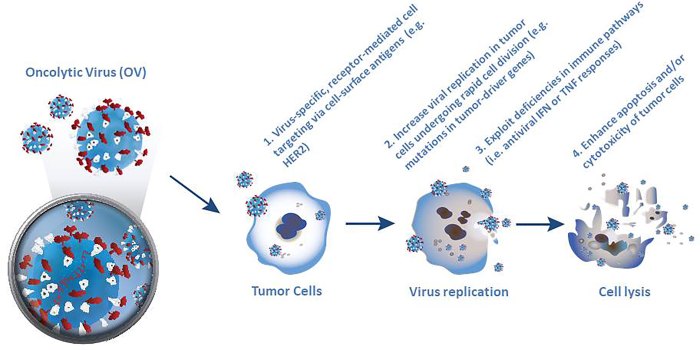Viruses exhibit all the following except is a topic that warrants meticulous exploration, and this discourse delves into the intriguing exceptions that set viruses apart from other biological entities. Viruses, often perceived as the epitome of simplicity, possess unique characteristics that challenge conventional wisdom, making them captivating subjects of scientific inquiry.
Throughout this discourse, we shall illuminate the structural and functional aspects of viruses, highlighting the attributes that distinguish them from cells. We shall delve into their dependence on host cells, their lack of self-sufficiency, and their inability to exhibit metabolism and motility.
Furthermore, we shall examine their limited responsiveness to external stimuli, providing a comprehensive understanding of these enigmatic entities.
1. Viruses Lack a Nucleus

Viruses differ fundamentally from cells in their structural organization. Unlike cells, viruses do not possess a nucleus, which is a membrane-bound compartment that houses the genetic material (DNA or RNA) and various cellular organelles.
Examples of viruses that lack a nucleus include:
- Tobacco mosaic virus
- Influenza virus
- HIV (human immunodeficiency virus)
The absence of a nucleus in viruses has significant implications for their replication and survival. Without a nucleus, viruses cannot independently transcribe or translate their genetic material. Instead, they rely on the host cell’s machinery to synthesize viral components.
2. Viruses Are Not Self-Sufficient

Viruses are obligate intracellular parasites, meaning they cannot replicate or survive outside a host cell. They depend on the host cell’s resources and machinery to produce viral components and assemble new virions.
Viruses hijack various host cell processes to facilitate their replication. For example, they may use host cell ribosomes to translate viral RNA, utilize host cell enzymes to replicate viral DNA, and exploit host cell membranes to assemble viral envelopes.
Examples of viruses that require specific host cells for replication include:
- Rabies virus (requires mammalian host cells)
- Hepatitis B virus (requires human liver cells)
- Poliovirus (requires human intestinal cells)
The dependence of viruses on host cells limits their host range and makes them vulnerable to antiviral drugs that target host cell processes essential for viral replication.
3. Viruses Do Not Exhibit Metabolism: Viruses Exhibit All The Following Except
Metabolism refers to the chemical reactions that occur within a living organism to sustain life. Viruses do not possess the necessary enzymes and metabolic pathways to carry out metabolic processes.
Fundamental differences between viral and cellular metabolism include:
- Viruses lack the ability to generate their own energy through cellular respiration.
- Viruses do not synthesize macromolecules (e.g., proteins, nucleic acids) independently.
- Viruses do not have the capacity to regulate their internal environment.
Examples of metabolic processes that viruses lack include:
- Glycolysis
- Krebs cycle
- Electron transport chain
The absence of metabolism in viruses highlights their dependence on host cells for energy and other metabolic functions.
4. Viruses Are Not Motile
Motility refers to the ability of an organism to move independently. Viruses lack the structures and mechanisms necessary for active movement.
Cells achieve motility through various mechanisms, such as flagella, cilia, and pseudopodia. In contrast, viruses are passively transported or rely on host cells for movement.
Examples of viruses that lack motility include:
- Herpes simplex virus
- Human papillomavirus
- Epstein-Barr virus
The lack of motility in viruses influences their transmission and spread. They rely on external factors, such as host-to-host contact, aerosol transmission, or insect vectors, to move from one host to another.
5. Viruses Do Not Respond to External Stimuli

Responsiveness to external stimuli is a fundamental characteristic of living organisms. Viruses, however, lack the sensory and signaling mechanisms to detect and respond to changes in their environment.
Cells sense and respond to external cues through receptors, signaling molecules, and intracellular pathways. Viruses do not possess these mechanisms and are therefore unable to alter their behavior or physiology in response to external stimuli.
Examples of viruses that lack responsiveness include:
- Poliovirus
- Measles virus
- Cytomegalovirus
The lack of responsiveness in viruses has implications for their pathogenesis and treatment. They cannot adapt to changing host conditions or evade host immune responses, making them vulnerable to antiviral therapies and host defense mechanisms.
FAQ Corner
What are the key differences between viruses and cells?
Viruses lack a nucleus and other organelles found in cells, and they are not self-sufficient, requiring host cells to replicate.
How do viruses replicate?
Viruses hijack the machinery of host cells to produce viral components and assemble new virus particles.
Why are viruses not considered living organisms?
Viruses lack the ability to carry out metabolism and reproduce independently, which are essential characteristics of living organisms.